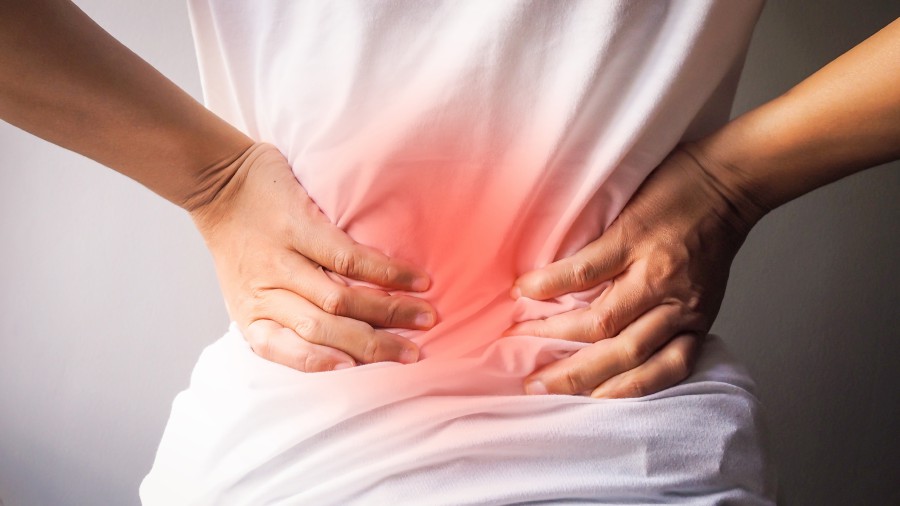THE Covid-19 pandemic presents its own set of challenges, impacting social, economic, mental and physical well-being.
One key health element that has taken a back seat though is bone health.
Termed as the "silent disease", orthopaedic conditions such as osteoporosis are often under-reported, underestimated and therefore, remain undertreated.
The misconception that bone diseases are often seen in an ageing population further contributes to the ignorance surrounding bone health.
The lack of priority we place on bone health has become even more prevalent during the pandemic.
In fact, more than 90 per cent of elective orthopaedic cases in Malaysia were cancelled or postponed due to anxiety surrounding the pandemic .
Delayed assessments, lack of testing, reluctance in obtaining the right consultation and low levels of physical activity may have consequences on our bone health.
As we move into the new year and a recovery phase, it becomes important that we re-orientate the way people think about bone health and make musculoskeletal health a priority again.
Let's begin first by understanding the impact the pandemic has had on our overall health.
One of the key factors that has led to an increase in bone and joint related problems during the pandemic is the low levels of physical activity.
Physical activity is a key factor for maintaining bone and muscle mass and prolonged periods of no movement have a direct impact on your muscles and bones, especially bone mineral density.
Working from home has been another contributing factor to declining bone health in addition to low periods of physical activity.
Long hours in front of a screen, poor posture, a hunched back and seating which is not ergonomic can all have a direct impact on your spine and back.
The pandemic and the change in regular working habits is proof of the impact that poor posture and inactivity can have on our overall health and well-being.

Another factor that often influences bone metabolism is vitamin D. The lack of exposure to the sun for months on end during the pandemic has raised the risk of vitamin D deficiency, especially within individuals who do not take daily supplements.
The deficiency of this crucial vitamin can lead to several conditions including osteoporosis.
Weight gain can be pointed out as another culprit. Several people have reported weight gain during the pandemic because of a lack of exercise and an imbalanced diet. This sudden increase puts pressure on the joints, increasing the risk of painful joints in addition to other health conditions.
The pandemic has also resulted in a lack of patient follow ups due to the fear of contracting infections in a hospital setting. This means that some patients who need medications or further tests, no longer make the necessary hospital visits. This can have a detrimental effect, especially on fracture patients who need frequent check-ups and physical therapy.
With restrictions slowly easing and a hope for normal routines to return, it is time to give special preference to your bone and muscle health.
If you have been suffering from aches and pains or have an already diagnosed bone ailment such as osteoporosis, setting up a consultation with your doctor should top your list.
During your meeting with the specialist, try to understand the progress of your condition, schedule appointments for assessment and tests (if needed) and set a time for a second follow-up meeting.

You can also try to speak with your doctor to see if you need any other additional physical therapies or should make any lifestyle adjustments to reach your health goals.
Next on the list should be the need to make lifestyle changes, if you haven't started doing so already. Set up a proper workstation at home if you don't plan to step into the office soon. Make sure that you invest in a proper table and chair setting, with a laptop stand that allows you to maintain a good working posture.
Include 4-5 days of light intensity workouts such as jogging, yoga, swimming and cycling to your daily routine. Not only will these exercises strengthen your joints and work on flexibility, but they also help to keep you in good shape.
Talk to your physician about including supplements like Vitamin D, calcium, and zinc to your diet. You can also up your intake of whole foods like milk, eggs, salmon, green leafy vegetables and lean cuts of meat to give your body the nourishment it deserves.
Finally, take the time to educate yourself more about the importance of maintaining good bone health.
*The writer is a consultant orthopaedic and sports surgeon from Alty Orthopaedic Hospital.
Purchase health supplements at a reasonable price when applying Shopee Voucher Code.




